

Continuing our in-depth look at everything Pokémon X & Y and following on from the Breeding Guide, we're now looking into the in-depth building blocks of Pokémon, with a focus on the most recent entry in the series.
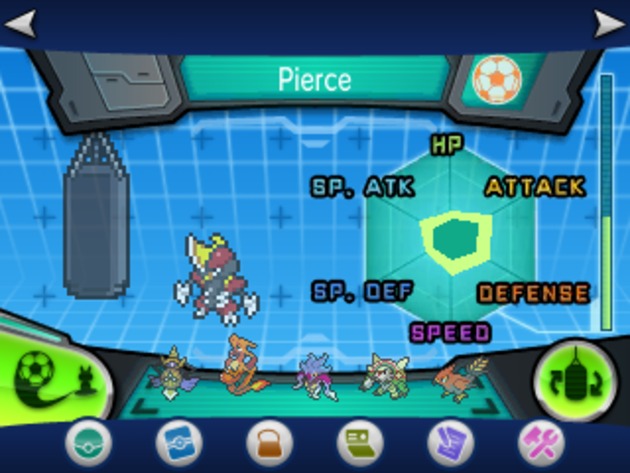
Let's start off with a bit of basic Pokémon knowledge. Each species of Pokémon has specific base values for each of the stats. These are set for each species, and typically increase with evolution. Some Pokémon have focus on Attack, others on Speed and so forth. These stats cannot be manipulated in any way, but you can check the stats on various sites across the Internet. There is no way to actually see them in the game, only the effect.
However, in the Super Training feature of Pokémon X & Y, you can see the basic spread of these stats in the dark area in the middle of the graph.
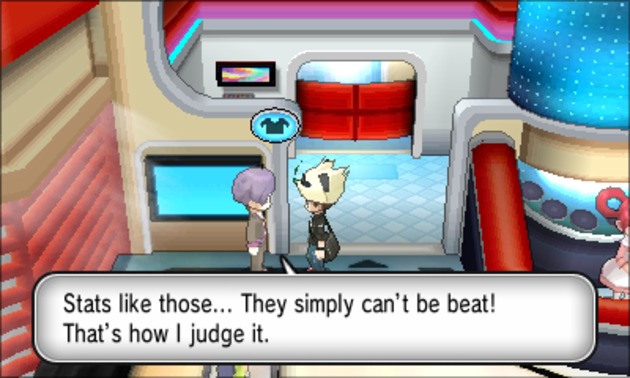
Individual Values are a fan term for a feature in the game. Commonly known as IVs, this feature of a Pokémon can easily be considered as genetics and these values are used to determine the true strengths of a Pokémon.
Originally, the idea of IVs was to make it so that every Pokémon of the same species is different, with there being 1,073,741,824 different combinations. Each stat of a Pokémon has a specific individual value of between 0 and 31. On first glance, these don't do much, but at Level 100, each IV point is equal to a stat point, while at lower levels, the calculations are a fraction. Let's assume that we have two Pokémon, out of example let's say Malamar. They both Level 100 are of a Serious nature so they get no boosts there, and assume they have no Effort Points.

Due to this, the goal of almost all competitive players has been to get a Pokémon that is flawless, or as near flawless as possible. Originally, this was all just due to luck, but over the years there have been numerous changes.
First, as we covered in the breeding article, you can now pass various IVs down to the baby when breeding. You can guarantee that up to 5 from the parents will pass, as well as guarantee a specific state will pass down to the baby Pokémon, but that still relies on random chance.
Pokémon X & Y brought several updates to the IV feature, to make it somewhat less random. First, in the Friend Safari, every Pokémon you will face will have at least 2 IVs set at 31. In addition to that, if the Pokémon is in the No Eggs Egg Group, such as Legendary Pokémon, then they are now guaranteed to have a minimum of 3 IVs set at 31 when captured or hatched. This is very useful for Legendary Pokémon, seeing as they cannot breed, and can work very well for breeding Pokémon that have baby forms, such as Lucario, Pikachu and Electabuzz.
To check IVs, you can either run a ridiculously complex calculation, or you can do a variety of things. First, in Kiloude City, there is a person who will check the IVs of your Pokémon. He will give you the overall potential of your Pokémon, and tell you if any of the stats are perfect, or if they are as low as possible. The potential runs as follows:
In addition to that, if you want to get the exact amounts, you can use one of the many IV Calculators on sites across the web, but do note that no IV calculator is 100% accurate at low levels, and they need you to fully keep track of everything, specifically Effort Values.
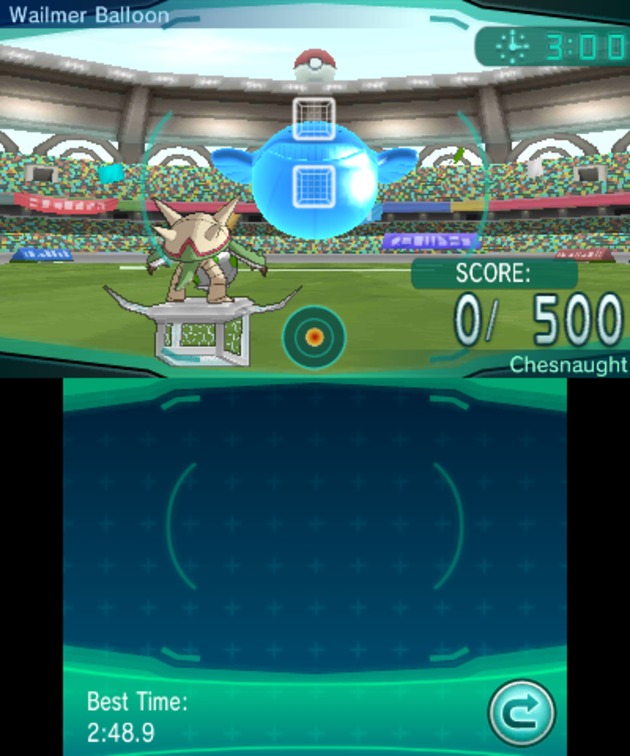
Effort Values, known in game as "base stats", are essentially training. As with most RPG games, you have the ability to manipulate the stats in order to make the characters even stronger than ever before, and Pokémon is no different.
Since Ruby & Sapphire, each Pokémon has the ability of having a total of 510 Effort Points with — as of X & Y — a maximum of 252 in each stat. These are all gained through various means, which we shall get to.
The difference between Effort Points and Individual Values other than training is that it's a combination. For every 4 Effort Points a Pokémon has, it is equal to 1 stat point at Level 100. Due to this, it can be very beneficial as it means that, if you max a stat, it can add a massive 63 points to the final stat total. This can change the tide of battle with your Pokémon considerably, but you have to think about the best places to use it. While you could spread it across all six stats, with 85 in each stat meaning a 21 point boost, this is not the best course of action. Instead, you'll want to monopolise on your Pokémon's stats. If it's fast and hits hard, you'll want to boost Attack and Speed. If you're using a Pokémon as a tank, you'll want to boost defences, but we'll come to this in-depth later. Using the Malamar example of before, the stat changes are as follows:

So, how do you get these Effort Points on your Pokémon? Simply put, you battle Pokémon. In the main game, when you face up against wild Pokémon or trainer owned Pokémon, you will gain Effort Points when you defeat them. All Pokémon used in the battle against the Pokémon will get the Effort Points, and they will also be given through EXP. Share.
Each Pokémon species will give between 1 and 3 Effort Points, sometimes in one stat, other times across up to three. This means, if you're training your Pokémon for competitive battle, you'll want to be very careful with what you face. The stats are recalculated with the Effort Points after each battle. You can find lists of what Pokémon gives what Effort Point online.
Now, this seems pretty grindy, but there are ways to increase it. First, there is the rare PokéRus virus. This virus has the effect of doubling every Effort Point the Pokémon obtains in battle, so if the opponent gives 2, it will instead get 4. PokéRus is obtained randomly, and you'll get notified of it when you heal your Pokémon. At this point, PokéRus can spread to other Pokémon in your party. There are multiple strains of PokéRus which last for one day, two days, three days or four days, meaning the Pokémon is no longer contagious once it hits midnight, but you can prolong this by placing the Pokémon in the box. After the Pokémon has recovered from PokéRus, it will get a small face icon in its summary screen, but it will still receive double Effort Points.
There are various items that give boosts as well. The Macho Brace, for example, will double all Effort Points gained and the Power items will always add 4 Points of the specific stat.
Each of these items effect is stackable with PokéRus, so if you were facing a Pokémon which gives 1 Effort Point in the stat you're training as standard, you'd get 4 with the Macho Brace and a massive 10 with the Power items.
Still, that makes it look like a massive grind, regardless of the boost. Thankfully, they thought ahead and added the Horde Battle. Horde Battles are where you can face up against 5 Pokémon at once, so defeating them means you will get a massive boost. While they are originally random, if you have a Pokémon with Sweet Scent in your party, you can trigger a horde automatically.
If you're against a Pokémon that gives 2 Effort Points in a Horde, then that means you will get 40 using the Macho Brace, and 50 if you're using the Power Item. This cuts the amount of battles you require down considerably. Below are prime locations for Horde training:
Despite the ease of training through hordes, there are several other ways to increase Effort Values. First are the vitamins. These items will boost your Pokémon's Effort Points by 10 until that specific stat reaches 100. In addition, the Wing items will boost the Effort Points by 1, with no limit.

Next is Super Training. Game Freak took the criticism about the grind for Effort Points to heart and created something really awesome in order to aid in the training. Super Training gives you a variety of mini-games to play. These mini-games will then boost your Effort Points by small amounts to make EV training more fun.
In addition to that increase, you will be given various punching bags, with different bags for each stat. When you equip these bags, you can tap them on the touch screen at any time, to make your Pokémon gain even more Effort Points. Each of the bags is categorised into:
To top it off, the Super Training screen lets you track the Effort Points your Pokémon has in real time, and even lets you know if you have completely maxed out the Pokémon's Effort Points. This is incredibly handy, even if you're not using the Super Training part.
Now, the question is, what do you do if you trained the Pokémon in the wrong stat, or want to retrain it? Luckily, there's a way to do that, too. In Diamond & Pearl, various berries were given the added effect of being able to reduce Effort Values. This effect continues on to this day. If you give the Pokémon the berry, then the specific stat will be reduced by 10. You can do this until it's at 0, so be sure to grow as many of these berries as possible

In addition to that, you can randomly find a Reset Bag in Super Training. These bags are quite rare, but they will completely remove all Effort Points on your Pokémon. Finally, if you mix up a Kee Berry and a Maranga Berry in the Juice Shoppe in Lumiose City, you will get the very rare Perilous Soup which will also remove all Effort Points from your Pokémon.
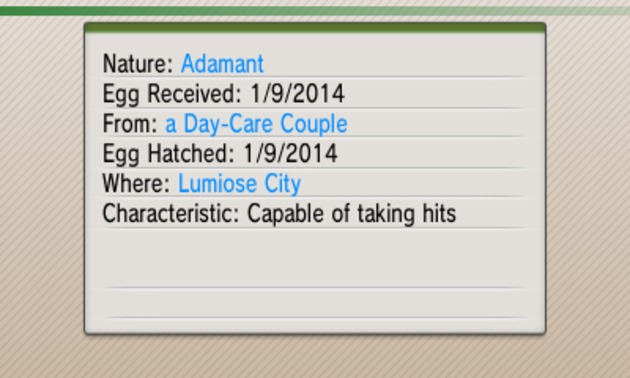
Natures are the final building blocks of the Pokémon, and are not changeable on the Pokémon once it is captured or hatched. It's completely random, so you'll want to make sure you have the right nature before raising a Pokémon.
Natures are a cool feature. They raise a Pokémon's stat by 10% while decreasing another stat by 10%. Thankfully, the effects are noticeable in the Pokémon's status screen where the increased stat is coloured red while the decreased stat is coloured blue. There are also several natures which don't boost or reduce anything.
As such, you'll want to make sure your Pokémon has a nature that boosts its more favoured stat so if you're running a Pokémon with high Attack, you'll want to boost that even further, while lowering the stat you're not using, in this case Special Attack.
Again, using the Malamar example, the previous instances had it with a Serious nature, which is one of the neutral ones. Malamar, however, typically works better with the Adamant nature which increases Attack while decreasing Special Attack:

The changes are pretty drastic so you'll want to consider natures as you build your Pokémon.
There are ways you can manipulate the nature, however. If you are breeding a Pokémon, as we said in the breeding article, if you make one of the parents hold the Everstone, then the baby will definitely have that nature. However, if you're hunting Pokémon in the wild, there is another way. If the Pokémon at the head of your party has the ability Synchronize, then the wild Pokémon has a 50% chance of having the same nature as your Pokémon.

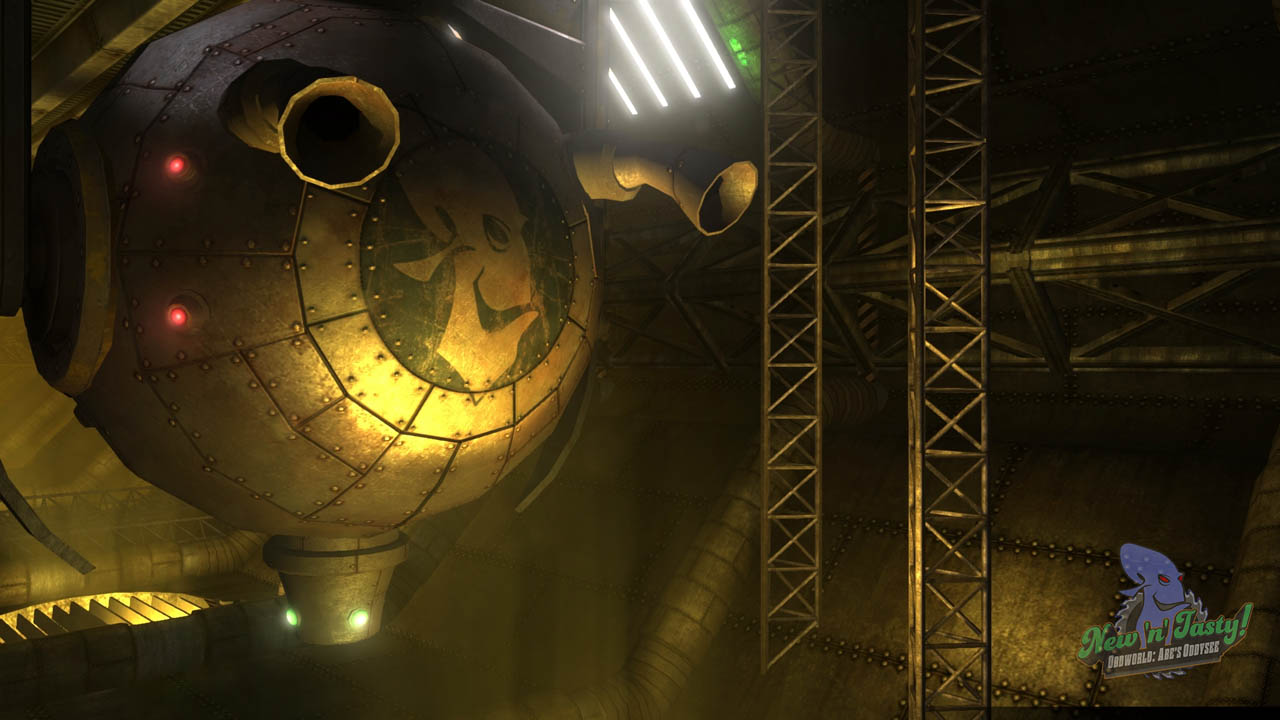

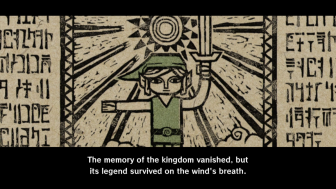
 The Wind Waker Walkthrough – Earth Temple –
The Wind Waker Walkthrough – Earth Temple – 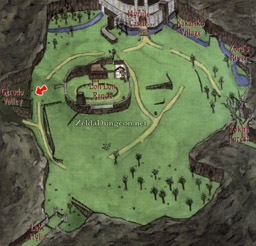 Ocarina of Time Walkthrough – Spirit Temple –
Ocarina of Time Walkthrough – Spirit Temple –  Guide: How To Capture Video And Screenshots From Your 3DS
Guide: How To Capture Video And Screenshots From Your 3DS FAQ: Super Smash Bros. For Nintendo 3DS
FAQ: Super Smash Bros. For Nintendo 3DS Nintendo Shows Nothing New on the Wii U at CES
Nintendo Shows Nothing New on the Wii U at CES